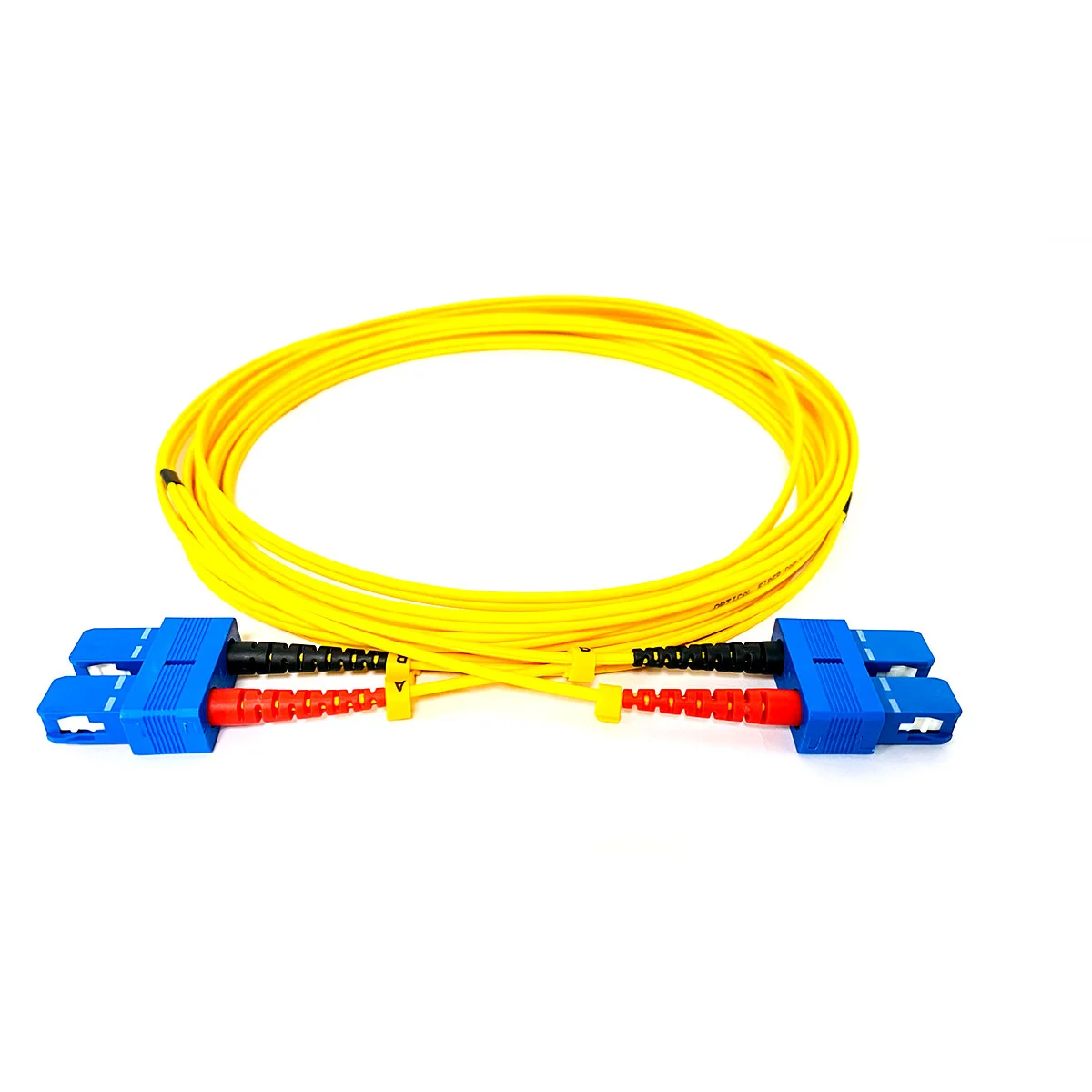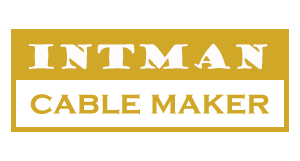by intman cable
Share
by intman cable
Share

Fiber optic connectivity refers to the physical and logical connections between devices that use fiber optic cables to transmit data. It encompasses the hardware and software components that enable fiber optic communication, including connectors, cables, patch panels, switches, and routers.
One of the primary advantages of fiber optic connectivity is its ability to transmit data over long distances without signal loss or degradation. This is because fiber optic cables use light to transmit data, which is less susceptible to interference and attenuation than electrical signals transmitted over copper wires.
Fiber optic connectivity also offers higher bandwidth capacity, which allows for faster data transmission and greater network capacity. This makes it well-suited for applications that require high-speed data transmission, such as video streaming, online gaming, and cloud computing.
To establish fiber optic connectivity, various components are needed. These include fiber optic cables, which are typically single-mode or multi-mode and are available in different sizes and lengths to suit different applications. Connectors are used to join fiber optic cables together, and these can be of different types such as ST, SC, LC, or MTP connectors.
Patch panels are used to organize and manage fiber optic connections, and switches and routers are used to direct and control data traffic between devices. Additionally, fiber optic transceivers are used to convert electrical signals into light signals and vice versa, enabling communication between fiber optic and non-fiber optic devices.
Overall, fiber optic connectivity provides a reliable and high-speed means of transmitting data over long distances, and it is an essential component of modern communication networks.
Fiber optic connectivity is a method of transmitting information from one location to another using pulses of light that are sent through an optical fiber. These fibers are made of glass or plastic and are extremely thin, often as thin as a human hair.
Fiber optic connectivity is commonly used for high-speed internet connections, telephone lines, and cable television systems. Compared to traditional copper wire connections, fiber optic connectivity is faster, more reliable, and can transmit data over longer distances without signal degradation.
One of the key advantages of fiber optic connectivity is its speed. The technology can transfer data at speeds up to several gigabits per second, making it ideal for high-bandwidth applications like video streaming, online gaming, and cloud computing. Additionally, fiber optic connectivity is less susceptible to electromagnetic interference, which means it is less likely to suffer from signal degradation or interruptions.
Fiber optic connectivity also has a higher bandwidth capacity, which means it can support more users and devices simultaneously. This makes it ideal for applications where many people need to access the same data at the same time, such as in a business or educational setting.
Overall, fiber optic connectivity is a reliable, fast, and efficient method of transmitting data over long distances, and is becoming increasingly popular as more and more people and businesses rely on high-speed internet connectivity.
STAY IN THE LOOP
